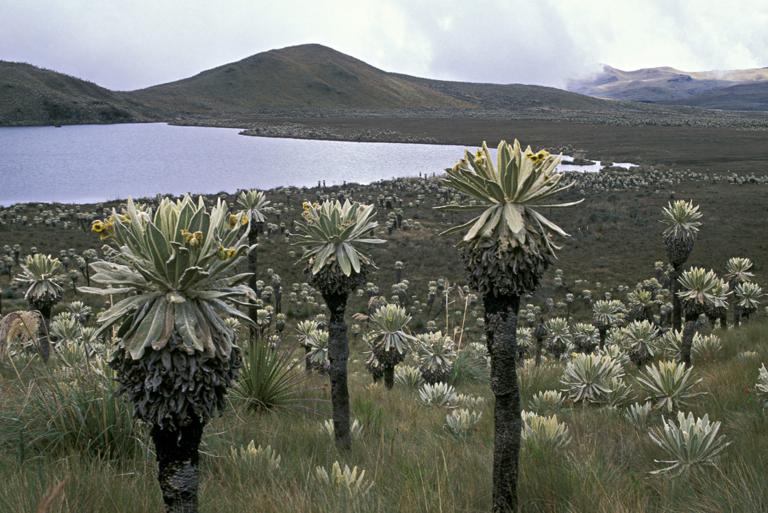Growing urbanization and intensifying climate change portend water supply challenges in Quito, Ecuador. At SEI World Water Week 2022 session, SEI Senior Scientist Laura Forni will present the work of her and her colleagues with Quito’s water utility, EPMAPS. Using SEI’s flagship WEAP software, their research indicates that preserving páramo ecosystems support water availability for surrounding communities.

Páramo is a type of ecosystem prevalent mainly in southern Central America and the northern Andes Mountains in South America. It is an alpine tundra located above the continuous timberline, yet below the permanent snowline.
Páramo can refer to a variety of alpine tundra ecosystems located in the Andes Mountain Range, South America. Some ecologists describe the páramo broadly as "all high, tropical, montane vegetation above the continuous timberline". A narrower term classifies the páramo according to its regional placement in the northern Andes of South America and adjacent southern Central America. The páramo is the ecosystem of the regions above the continuous forest line, yet below the permanent snowline. It is a "Neotropical high mountain biome with a vegetation composed mainly of giant rosette plants, shrubs and grasses". According to scientists, páramos may be "evolutionary hot spots", that meaning that it's among the fastest evolving regions on Earth.
Climate change is becoming an increasingly pressing issue for páramo ecosystems. Growing populations in Colombia, Venezuela, and Ecuador have forced settlements in higher elevations covering more páramo. Recent developments such as construction of aqueducts, drainage systems, and roads, mining, and afforestation have been a huge additional páramo disturbance.
Páramo are critical to the water supply of their surrounding communities. As climate change and urban development pose risks to the sustainability of the water supply, SEI Senior Scientist Laura Forni and her colleagues worked with Quito water utility EPMAPS and the water protection fund FONAG to research how to support the reliability of the Quito area’s water availability.
Using Robust Decision Support and SEI’s Water Evaluation And Planning (WEAP) software, the researchers found that local communities can stave off water vulnerability by conserving páramo land.
Sources:
SEI
https://www.sei.org/events/world-water-week-paramo-land-conservation/#programme .
Provided by the IKCEST Disaster Risk Reduction Knowledge Service System
Comment list ( 0 )
